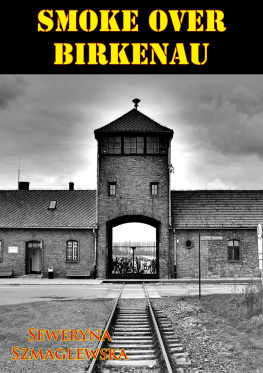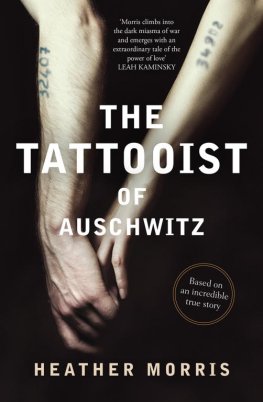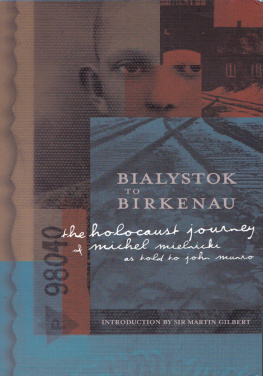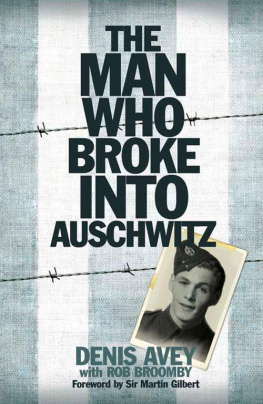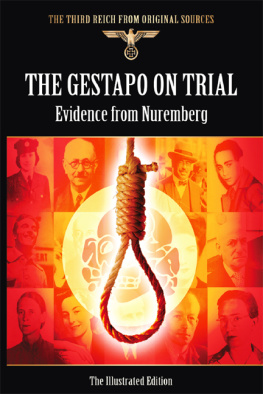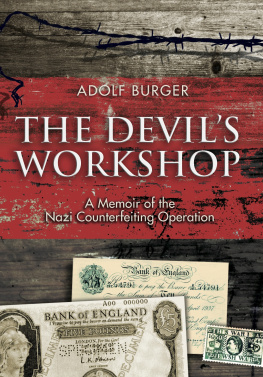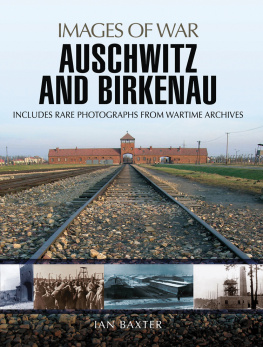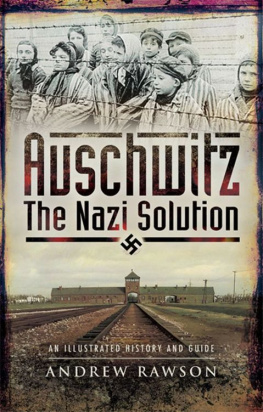

This edition is published by PICKLE PARTNERS PUBLISHINGwww.picklepartnerspublishing.com
To join our mailing list for new titles or for issues with our books picklepublishing@gmail.com
Or on Facebook
Text originally published in 1947 under the same title.
Pickle Partners Publishing 2015, all rights reserved. No part of this publication may be reproduced, stored in a retrieval system or transmitted by any means, electrical, mechanical or otherwise without the written permission of the copyright holder.
Publishers Note
Although in most cases we have retained the Authors original spelling and grammar to authentically reproduce the work of the Author and the original intent of such material, some additional notes and clarifications have been added for the modern readers benefit.
We have also made every effort to include all maps and illustrations of the original edition the limitations of formatting do not allow of including larger maps, we will upload as many of these maps as possible.
Smoke Over Birkenau
Seweryna Szmaglewska
Translated from the Polish by Jadwiga Rynas
Table Of Contents
Contents
Foreword
UP TO JANUARY 18, 1945, a total of about five million people were burned in the crematories of Oswiecim. Of this number more than three million were Jews, poisoned by gas or the victims of epidemics. The balance were AryansPoles (arrested by the Gestapo or participants in the Warsaw uprising of 1944); Russians; Yugoslavs; Czechs; English; Dutch; French; Belgians; Italians; Ukrainians; Estonians; German criminals; children of all nationalities, either brought to the concentration camps or born there; and gypsies. A whole camp of gypsy families was taken to the gas chamber. These figures are only approximate. They were given out at the time of the liquidation of the camp by the people working in the Political Department of Oswiecim.
My long stay in the camp (1942-1945) and the variety of work I performed gave me a chance to fathom many of its secrets. The most secret matters were handled by the prisoners. Through their hands, perfunctorily and laboriously performing what they were ordered to perform, passed the registration of the living and of those who were sent directly from the trains to death, without undergoing the routine of tattooing and registration. The indescribable chaos and the impossibility of establishing the identity of the living and dead caused the introduction of tattooing. This was a great tactical blunder on the part of the camp authorities, because today it can be established by these figures what a small percentage of Oswiecim prisoners remained alive. Although all the papers were destroyedcarloads of Todesmeldungen (death certificates) were burnt by the prisonersas long as the last number in the files is known, it is very easy to figure out how many died in Oswiecim.
Hundreds of thousands of people entered the camp. Where are they now? Only a few thousand left the camp. The Germans did not stop to think that each number pricked into a prisoners arm became a document. By tattooing, milestones were erected of thousands, tens of thousands and hundreds of thousands. Let us try to call them today for one more general roll call. Let us try to range them in lines of five abreast and figure out how many out of each thousand escaped death I know that the resulting figure would be appallingly low. The few of us would stand, as a living tragic documentas so many separate links of a big chain of people deprived of lifepreserved by some freak of fate.
Today the barracks are empty in Oswiecim and Birkenau. It was an accident that the hasty liquidation of the camp was interrupted. The plan of liquidation foresaw a complete erasure of all tracks of the most bloody part of the Oswiecim campBirkenau. If the site of the barracks and crematorium were overgrown with grass, it would perhaps be easier to cleanse this matter before Europe and the entire world. But things happened differently. The Red Army raced forward like fire at an unexpectedly rapid tempo. The camp was taken by surprise.
Today may be pointed out the exact places where blood flowed most abundantly. (Is there one inch of ground where blood did not flow?) Although in 1944 gardens were made, flowers planted and concerts organized, this did not erase from our memory the sight of naked corpses lying in monstrous piles by the barracks. It did not erase the memory of selections, as a result of which the old, sick and infirm were dragged to Block 25, the block of death. Too long were the hours of agony of those ill of typhus and dysentery, lying in the mud, to be ever forgotten. General roll calls told too obviously what a small percentage remained alive. Among the dead were artists, people of great talents and genius, people great in the past and potentially great in the future. From these many deaths, from these horrible human hecatombs, from every pair of expiring eyes a numb entreaty arose, the last testament of the dying. This testament remained in the memory of all those who yet lived and widened the walls of the hearts; it seemed that it would break the wires and open the gates, that it would cry to the entire world, and that that cry would reach the free nations, the freedom-loving peoples.
Few of us return from Oswiecim. When, on that memorable day in January 1945, the gates of the camp were opened wide and thousands of people were hastily taken out under a heavy escort; when a several-mile-long procession of beggars, bent in misery, moved along the trek Oswiecim-Gross Rosen; when that procession went along the Silesian roads, leaving here and there in the snow the dark figure of a dead body, finished off by an SS manthe people from neighboring towns and villages stopped in amazement. From the thresholds of the houses, from afar, afraid to get too near this ominous road, they raised their hands and made the sign of the cross over the passing people.
Is it possible, they cried, that there were so many thousands of people in Oswiecim? Can it be true?
The wretched crawlers were not allowed to say a word, to stop before these Silesians and cry:
No, this is not true. Not this many thousand people were in Oswiecim. There were many, many more. Those who walk here are only a handful; these are what are left. The majority of the survivors have already been deported to the interior of Germany; they were being deported during the whole of the last year.
Today, while I write these words, the aching feet of my home-coming companions still toil along the unknown roads of Germany. They are on the move all the time. Through the noise of life and through the silence of loneliness their heavy, weary step is heard.
My story tells of only one fragment of the gigantic machine of death that was Oswiecim. I will give only the data of what I observed or what I myself endured directly. The events described by me took place in Birkenau (Oswiecim II). To avoid any misunderstanding, I wish to state that I do not intend in any way to exaggerate the importance of the facts or to change them for propagandas sake. Some things need no exaggeration. All that I will write here I am prepared to testify before any tribunal.
These are the experiences and observations of one person alonea drop in the vast, immeasurable ocean.
Without doubt there will be others who return alive from Oswiecim and who will talk. There will be others who will come back from many other camps.
But the majority will never return and will never talk.
Part I Year 1942
Next page
